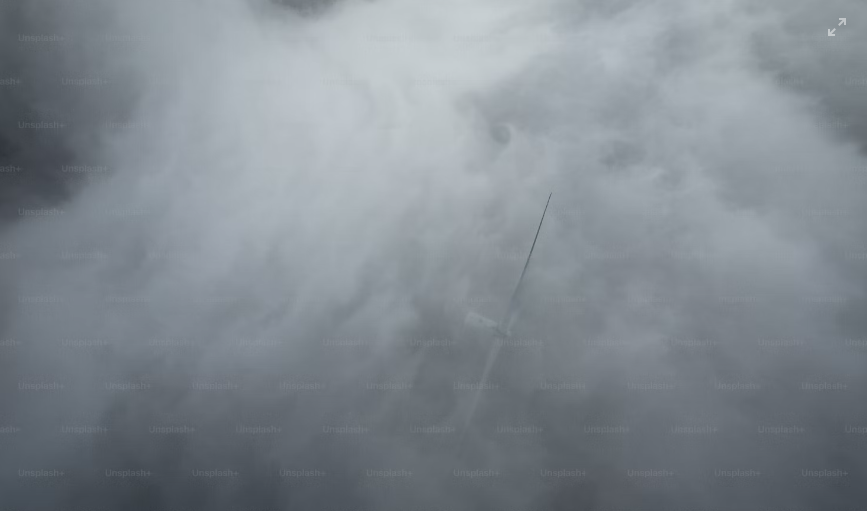Introduction to Texas Weather Radar
Weather radar, a cornerstone of modern meteorology, operates on the principle of emitting radio waves and detecting their reflections from objects in the atmosphere. In Texas, where weather can swiftly shift from sunny skies to tumultuous storms, radar plays a pivotal role in monitoring and forecasting weather conditions. Understanding the nuances of Texas weather patterns is essential for effective radar utilization.

Table of Contents
Understanding Corad Technology
Corad, short for Coherent Radar, represents the cutting edge of weather radar technology. Unlike traditional radar systems that rely on incoherent scattering, Corad utilizes coherent scattering principles, offering enhanced resolution and accuracy in weather monitoring. This advancement holds promise for revolutionizing weather forecasting capabilities, particularly in regions prone to severe weather events like Texas.
Evolution of Weather Radar Systems
The journey of weather radar spans decades of innovation and technological breakthroughs. From rudimentary systems incapable of discerning fine details to the sophisticated Corad technology of today, the evolution of radar has been marked by relentless pursuit of accuracy and reliability. Each milestone in radar development has paved the way for enhanced meteorological insights and improved public safety measures.
Applications of Texas Weather Radar
The applications of Texas weather radar extend far beyond mere weather observation. From tracking storms and hurricanes to predicting precipitation patterns and floods, radar serves as a critical tool for disaster preparedness and emergency response. Real-time data provided by radar systems enables timely warnings and alerts, potentially saving lives and mitigating property damage.
Texas Weather Radar Network
The Texas weather radar network comprises a constellation of radar stations strategically positioned across the state. These stations, operated in collaboration with national weather services, form a comprehensive surveillance network, providing overlapping coverage to ensure no area is left vulnerable to undetected weather phenomena. The extensive reach of the radar network is instrumental in monitoring large-scale weather systems and localized disturbances alike.

Data Collection and Processing
Behind the scenes of every radar scan lies a complex process of data collection and processing. Radar beams penetrate the atmosphere, bouncing off raindrops, snowflakes, and other atmospheric particles before returning to the radar receiver. This raw data undergoes sophisticated processing algorithms to filter out noise and extract meaningful meteorological information, a task that requires both computational prowess and meteorological expertise.
Corad vs. Conventional Radar: A Comparison
In the realm of radar technology, Corad represents a paradigm shift in approach. Contrasted with conventional radar systems, Corad boasts superior resolution and accuracy, thanks to its coherent scattering mechanism. While traditional radars struggle with atmospheric interference and limited resolution, Corad technology offers a glimpse into a future where weather forecasting reaches unprecedented levels of precision.

Impact of Texas Weather Radar on Public Safety
The impact of Texas weather radar on public safety cannot be overstated. By providing early warning of impending severe weather events, radar systems empower communities to take proactive measures to safeguard lives and property. From issuing tornado warnings to tracking hurricanes, radar serves as a frontline defense against nature’s fury, offering invaluable insights into the dynamics of the atmosphere.
Future Developments in Weather Radar Technology
As technology marches forward, the future of weather radar holds immense promise. Advancements in data analysis algorithms, coupled with the integration of artificial intelligence and machine learning, are poised to revolutionize weather forecasting capabilities. With each innovation comes the potential for greater accuracy, longer lead times, and enhanced resilience in the face of extreme weather events.
Environmental Considerations and Sustainability
While radar technology offers unparalleled benefits in weather monitoring, it also poses environmental challenges. The energy consumption of radar systems, coupled with concerns about ecological impact, underscores the need for sustainable radar solutions. Innovations in eco-friendly radar technologies seek to reconcile the dual imperatives of environmental stewardship and meteorological advancement.

Challenges and Limitations
Despite its transformative potential, weather radar technology is not without its challenges. From the complexities of data interpretation to the logistical hurdles of maintaining radar networks, numerous obstacles confront meteorologists and engineers alike. Addressing these challenges requires a multidisciplinary approach, encompassing advances in technology, policy, and public education.
Collaboration with Research Institutions and Universities
The quest for radar innovation extends beyond the confines of government agencies and private corporations. Collaboration with research institutions and universities plays a vital role in pushing the boundaries of radar technology. By fostering partnerships and knowledge exchange, academia contributes invaluable insights to radar research, paving the way for future breakthroughs.
Public Awareness and Education Initiatives
Raising public awareness about weather radar technology is essential for fostering a culture of preparedness and resilience. Outreach programs, educational initiatives, and community engagement efforts serve to demystify radar technology and empower individuals to make informed decisions in the face of severe weather. By bridging the gap between science and society, these initiatives foster a sense of collective responsibility for weather safety.

Global Impact of Weather Radar Innovation
The impact of weather radar innovation extends far beyond the borders of Texas. As part of a global network of meteorological monitoring systems, radar technology contributes to international efforts to understand and mitigate the impacts of climate change. By sharing best practices, collaborating on research projects, and leveraging technological advancements, the global community can work together to address the challenges of a changing climate.
Conclusion
In conclusion, Texas weather radar stands as a testament to human ingenuity and resilience in the face of nature’s unpredictability. From humble beginnings to the forefront of Corad technology, radar systems have revolutionized meteorological science, offering unparalleled insights into the dynamics of the atmosphere. As we look to the future, the journey of radar innovation continues, guided by a shared commitment to safety, sustainability, and scientific progress
Frequently Asked Questions (FAQs)
What is weather radar?
- Weather radar is a type of technology used to detect precipitation, as well as the motion and intensity of weather systems. It works by emitting radio waves and then receiving the signals that bounce back from precipitation particles in the atmosphere.
How does weather radar work?
- Weather radar works by sending out pulses of electromagnetic radiation, typically in the microwave band of the electromagnetic spectrum. These pulses interact with precipitation particles in the atmosphere, reflecting some of the energy back to the radar receiver. By analyzing the returned signals, meteorologists can determine the location, intensity, and movement of precipitation.
What is Corad technology?
- Corad, short for Coherent Radar, is an advanced radar technology that utilizes coherent scattering principles. Unlike traditional radar systems, which rely on incoherent scattering, Corad offers enhanced resolution and accuracy in weather monitoring by analyzing the phase relationships between transmitted and received signals.
What are the advantages of Corad technology?
- Some advantages of Corad technology include higher resolution, improved accuracy, and better detection of small-scale weather phenomena. It also offers enhanced performance in areas with complex terrain or atmospheric conditions, making it valuable for weather forecasting in regions like Texas, which experience diverse weather patterns.
How does weather radar contribute to public safety?
- Weather radar plays a crucial role in public safety by providing early warning of severe weather events such as thunderstorms, tornadoes, and hurricanes. By tracking the movement and intensity of these weather systems, radar helps meteorologists issue timely warnings and alerts, giving communities valuable time to prepare and take protective measures.
What is the Texas weather radar network?
- The Texas weather radar network consists of a series of radar stations strategically located throughout the state. These stations work in tandem with national weather services to provide comprehensive coverage of Texas’ diverse weather conditions, including storms, floods, and other severe weather events.
How accurate is weather radar forecasting?
- Weather radar forecasting can be highly accurate, especially for short-term predictions of precipitation patterns and severe weather events. However, like any forecasting method, radar predictions are subject to uncertainties and limitations, particularly when it comes to predicting the exact timing and location of weather phenomena.
How can individuals access weather radar information?
- Weather radar information is widely accessible through various sources, including meteorological websites, mobile apps, and television weather reports. Many national weather services, such as the National Weather Service in the United States, provide real-time radar imagery and forecasts to the public via their websites and other platforms.
What are some challenges associated with weather radar technology?
- Challenges associated with weather radar technology include data interpretation complexities, maintenance and operational costs, and environmental considerations. Additionally, radar systems may experience limitations in certain weather conditions, such as heavy precipitation or atmospheric interference.
How is weather radar technology evolving?
Weather radar technology is constantly evolving, with ongoing research and development efforts focused on improving resolution, accuracy, and data analysis techniques. Advances in artificial intelligence, machine learning, and sensor technology hold promise for further enhancing the capabilities of weather radar systems in the future.
If you found our content helpful don’t forget to share it on your social media: Twitter
More Articles: Home

